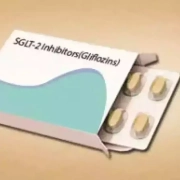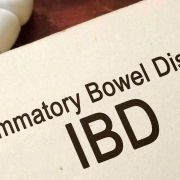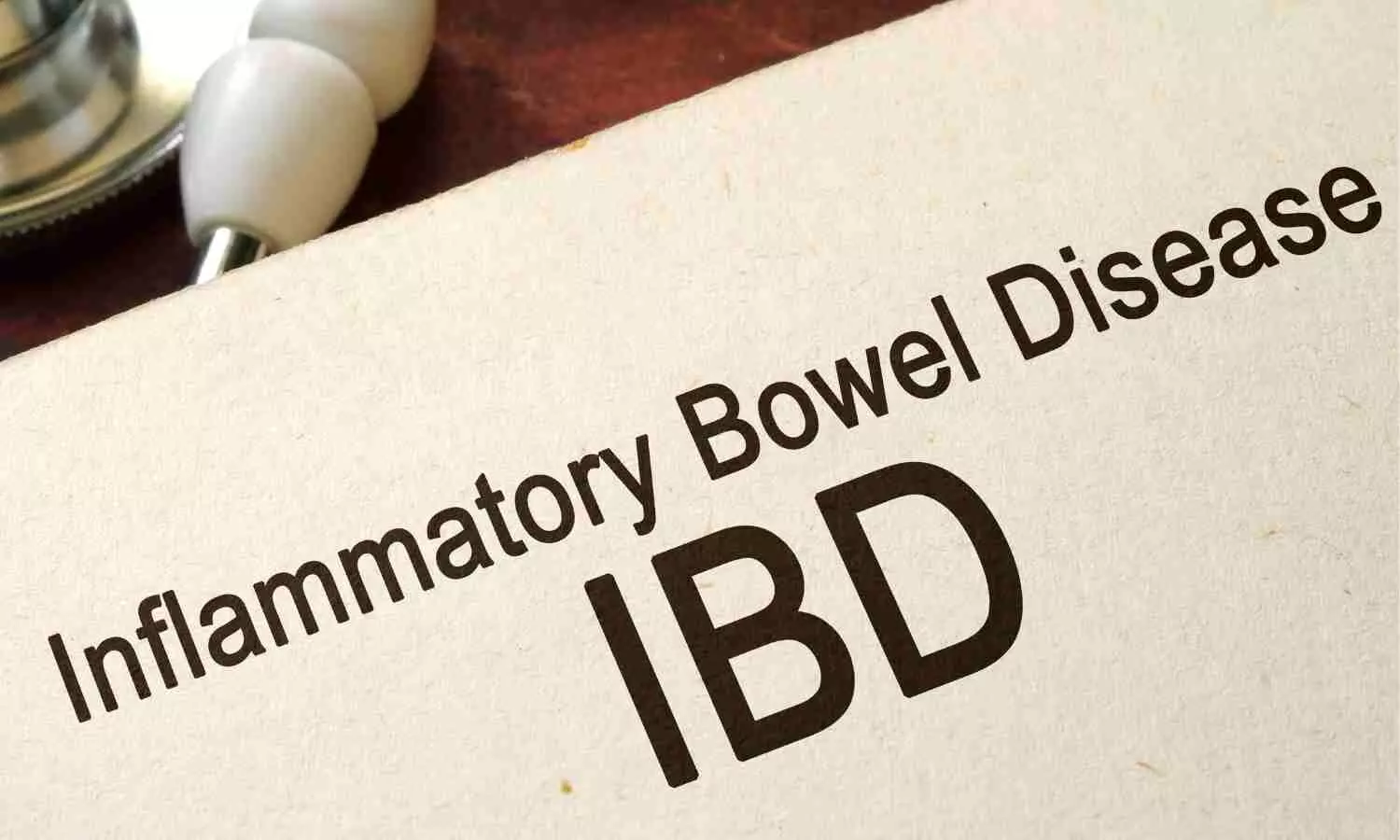China: A 24-week, phase 3 trial has shed light on the safety and efficacy of bexagliflozin versus dapagliflozin as an adjunct to metformin in Chinese patients with type 2 diabetes mellitus (T2D). Bexagliflozin and dapagliflozin are sodium-glucose cotransporter-2 (SGLT2) inhibitors.
According to the study, bexagliflozin, when used in Chinese patients on metformin, showed nearly identical effects and a similar safety profile to dapagliflozin. The findings were published online in the Journal of Diabetes on April 7, 2024.
Metformin, due to its effective glucose-lowering effects, widespread availability, favorable cost-benefit ratio, and extensive clinical history, is typically the first-line therapy for T2D management. With the progression of diabetes, controlling the disease requires the addition of one or more drugs as adjunctive therapy.
SGLT2 inhibitors are a promising class of oral hypoglycemic agents for T2D patients with inadequate glycemic control. Large-scale cardiovascular outcomes studies have shown that SGLT2 inhibitors can reduce cardiovascular (CV) events, particularly hospitalization for heart failure in patients with type 2 diabetes and heart failure with reduced ejection fraction, with or without diabetes. Recently, SGLT2 inhibitors have also demonstrated beneficial effects in delaying the progression of kidney disease.
No direct comparison of SGLT2 inhibitors has been reported in a randomized controlled trial. Considering this, Bo Zhang, China-Japan Friendship Hospital, Beijing, China, and colleagues aimed to determine whether the efficacy of bexagliflozin would be noninferior to that of the maximum approved dapagliflozin (10 mg) dosage when used in combination with metformin hydrochloride.
For this purpose, the research team conducted a multicenter, randomized, double-blind, active-controlled trial comparing bexagliflozin to dapagliflozin for treating type 2 diabetes in adults with disease inadequately controlled by metformin. Four hundred and six participants were randomized to receive 20mg bexagliflozin, or 10 mg dapagliflozin plus metformin.
The study’s primary endpoint was the noninferiority of bexagliflozin to dapagliflozin for the change in HbA1c from baseline to week 24. Secondary endpoints were intergroup differences in 2-h-postprandial glucose (PPG), fasting plasma glucose (FPG), systolic blood pressure (SBP), and body weight from baseline to week 24. The trial also evaluated the safety profiles.
The following were the key findings of the study:
- The model-adjusted mean change from baseline to week 24 HbA1c was −1.08% for bexagliflozin and −1.10% for dapagliflozin.
- The intergroup difference of 0.03% was below the prespecified margin of 0.4%, confirming the noninferiority of bexagliflozin.
- The changes from baseline in FPG, PPG, body weight, and SBP were −1.95 mmol/L, −3.24 mmol/L, −2.52 kg, and −6.4 mm Hg in the bexagliflozin arm and −1.87 mmol/L, −3.07 mmol/L, −2.22 kg, and −6.3 mm Hg in the dapagliflozin arm.
- Adverse events were experienced in 62.6% and 65.0%, and serious adverse events affected 4.4% and 3.5% of subjects in the bexagliflozin and dapagliflozin arms, respectively.
In the trial, both bexagliflozin and dapagliflozin produced significant and clinically significant reductions in HbA1c. For the primary endpoint of change in HbA1c (from baseline to week 24), the main objective to demonstrate that bexagliflozin was noninferior to dapagliflozin was achieved.
The researchers observed similar reductions in HbA1c with dapagliflozin and bexagliflozin, suggesting that both SGLT2 inhibitors are effective in glycemic control. Moreover, the consistent outcomes between the ITT and PP sets reinforce the results’ reliability, indicating that the findings are likely applicable in broader clinical practice.
Reference:
Xie, L., Han, J., Cheng, Z., Liu, D., Liu, J., Xu, C., Sun, W., Li, Q., Bian, F., Zhang, W., Chen, J., Zhu, Q., Thurber, T. K., Lock, J. P., & Zhang, B. (2024). Efficacy and safety of bexagliflozin compared with dapagliflozin as an adjunct to metformin in Chinese patients with type 2 diabetes mellitus: A 24-week, randomized, double-blind, active-controlled, phase 3 trial. Journal of Diabetes, 16(4), e13526. https://doi.org/10.1111/1753-0407.13526



















